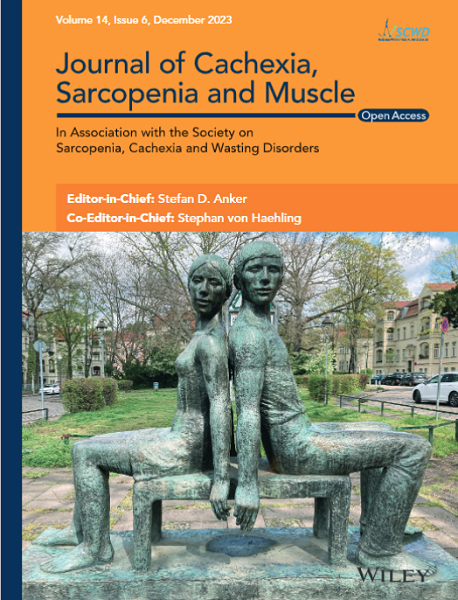Fat mass (FM) and fat-free mass (FFM) are body composition estimates commonly reported in research studies and clinical settings. Recently, fat-free mass indexed to height (fat-free mass index; FFMI) has been shown to be positively associated with impaired insulin sensitivity or insulin resistance. Consequently, hypertrophic resistance training which can increase FFM was also questioned. This paper sets out to evaluate these propositions.
In this narrative review, we discuss possible reasons that link FFMI to adverse metabolic health outcomes including the limitations of the body composition model that utilizes FFM. The safety of resistance training is also briefly discussed.
Approximately 50% of FFM is comprised of skeletal muscle (SM), with the other 50% being viscera, skin, and bone; FFM and SM cannot be conflated. FFM and fat mass (FM) can both rise with increasing body weight and adiposity, indicating a positive correlation between the two compartments. Risk assessment models not adequately adjusting for this correlation may cause erroneous conclusions, however which way FM and FFM are indexed. Adipose tissue accumulation with weight gain, measured by dual-energy X-ray absorptiometry or bioelectrical impedance, can inflate FFM estimates owing to increased connective tissue. Increased adiposity can also result in fat deposition within skeletal muscle disrupting metabolic health. Importantly, non-skeletal muscle components of the FFM, i.e., the liver and pancreas, both critical in metabolic health, can also be negatively affected by the same lifestyle factors that impact SM. The most frequently used body composition techniques used to estimate FM and FFM cannot detect muscle, liver or pancreas fat infiltration. Prospective evidence demonstrates that resistance training is a safe and effective exercise modality across all ages, especially in older adults experiencing age- or disease-related declines in muscle health.
The association between FFM and insulin resistance is largely an artefact driven by inadequate assessment of skeletal muscle. If FM and FFM are used, at the minimum, they need to be evaluated in context with one another. Body composition methods, such as magnetic resonance imaging, which measures skeletal muscle rather than fat-free mass, and adipose tissue as well as muscle ectopic fat, are preferred methods. Resistance training is important in achieving and maintaining good health across the lifespan. While strength and power are critical components of resistance training, the reduction of skeletal mass through ageing or disease may require hypertrophic training to mitigate and slow down the progression of this often-inevitable process.



